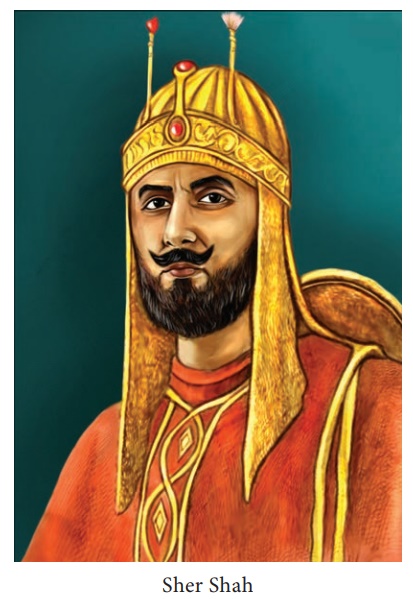History - The Mughal Empire | 11th History : Chapter 14 : The Mughal Empire
Chapter: 11th History : Chapter 14 : The Mughal Empire
The Mughal Empire
The Mughal Empire
Introduction
India had been invaded from the west/ north-west
several times over the centuries, beginning with Alexander. Various parts of
north India had been ruled by foreigners like the Indo-Greeks, Sakas, Kushans
and Afghans. The Mughals, descended from the Mongol Chengiz Khan and the Turk
Timur, founded an empire in India which lasted for more than three centuries.
But we remember them not as rulers of foreign origin, but as an indigenous,
Indian dynasty. Babur was the founder of the Mughal empire which was
established in 1526 after Babur defeated Ibrahim Lodi in the battle of Panipat.
Thus a new epoch and a new empire in India began, lasting for nearly three
centuries beginning from 1526 to 1857. Six major rulers of this dynasty, Babur,
Humayun, Akbar, Jahangir, Shah Jahan and Aurangzeb, known as the “Great
Mughals”, left their mark on Indian history. The empire declined after the
death of Aurangzeb in 1707. The empire formally ended a century and a half
later, when power passed to the British crown after the great revolt of 1857.
At the height of its power the Mughal empire
stretched from Afghanistan to Bengal and from Kashmir down to the Tamil region
in the south. Mughal rule created a uniform, centralized administration over
the entire
The Mughals, especially Akbar, created a
polity integrating Hindus and Muslims
into a unified nation, forging a composite national identity. In addition, the
Mughals left behind a heritage of great architecture, literature and art which
has enriched India.




Related Topics